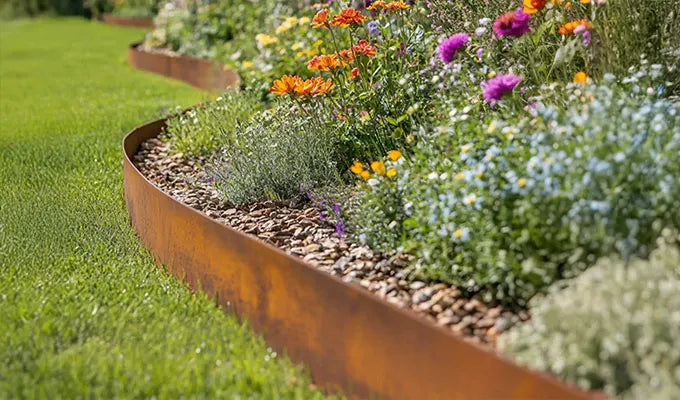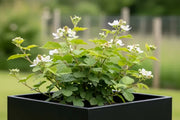Plum Trees: From Blossom to Bounty
Plum trees are a wonderful addition to any British garden, offering not just delicious fruit but also a stunning display of spring blossom. Their resilience makes them well-suited to the varied English climate, thriving in most regions provided they receive adequate care and a suitable location.
In the United Kingdom, plum trees flourish in our temperate conditions. They prefer a sheltered spot, ideally in full sun, to ensure their fruit ripens fully. While they can tolerate some partial shade, a sunny aspect will yield the best results. The soil should be well-drained but retain moisture, and ideally slightly acidic to neutral. Heavy clay soils can be improved with organic matter, such as well-rotted manure or compost, to enhance drainage and fertility. When planting directly into the ground, dig a hole that is twice as wide as the root ball and just as deep, ensuring the graft union (the swollen point on the lower stem) remains above soil level.
For those with smaller gardens or even just a patio, plum trees can be successfully grown in planters. This is best achieved by selecting varieties grown on dwarfing or semi-dwarfing rootstocks, such as 'Pixy' or 'VVA-1', which restrict the tree's overall size. A large, sturdy container – at least 50-60 litres in volume – is essential to provide enough space for root development and stability. Fill the planter with a good quality, loam-based compost mixed with some grit for drainage. Potted plum trees will require more frequent watering than those in the ground, especially during dry spells and when the fruit is developing. Regular feeding with a balanced liquid fertiliser throughout the growing season will also be beneficial.
How to grow plum trees successfully involves a few key practices. Watering is crucial, particularly for young trees and during dry periods; aim for consistent moisture without waterlogging. Feeding in early spring with a balanced granular fertiliser will support healthy growth and fruit production. Pruning is typically carried out in summer, usually from June to August, when the tree is in full leaf. This timing is important in the UK to minimise the risk of silver leaf disease, a fungal infection that can enter through pruning wounds. Remove any dead, diseased, or crossing branches, and thin out overcrowded areas to improve air circulation and sunlight penetration to the fruit. Pest and disease management involves regular inspection; common issues include aphids, plum moth, and various fungal problems, which can often be managed with appropriate organic or chemical treatments if necessary.
Plum trees offer a delightful spectacle of blossom in spring. Depending on the variety and local conditions, flowering typically occurs from March to April. The trees become adorned with a profusion of delicate white or pale pink flowers, often before the leaves fully emerge, creating a beautiful display and attracting early pollinators. These blossoms are vital for fruit set.
Following the successful pollination of these spring flowers, the tiny plums begin to develop. The fruit ripens from late summer to early autumn, generally from July to September, again varying by variety and weather conditions. Varieties like 'Victoria' are popular for their reliable cropping and sweet flavour, ready in late August. 'Early Laxton' can be ready in July, while 'Marjorie's Seedling' often extends the season into September. The colour of the fruit can range from vibrant red and purple to yellow and green, each offering its own unique flavour and texture. Harvesting should be done when the plums are fully coloured and slightly soft to the touch, easily coming away from the branch.
With careful attention to planting, care, and choosing suitable varieties, cultivating plum trees in the British climate can be incredibly rewarding, providing a bounty of fresh, homegrown fruit for many years.





















